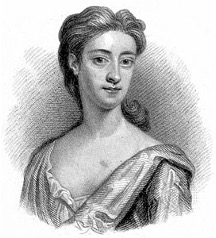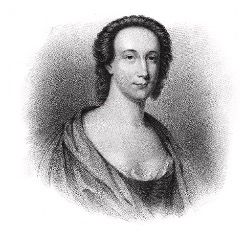A conference to commemorate the 400th anniversary of the birth of Margaret Cavendish in 2023 and the 300th anniversary of the birth of Frances Sheridan in 2024.
Organising institutions:
- Department of English Literatures and Cultures, University of Pécs
- Regional Committee of The Hungarian Academy of Sciences in Pécs
- Irish Studies Research Centre, University of Pécs
Organisers:
- Gabriella Hartvig (University of Pécs)
- Mária Kurdi (University of Pécs)
- Csaba Maczelka (University of Pécs)
A selection of the papers will be published in FOCUS: Papers in English Literary and Cultural Studies, the journal published by the Dept. of English Literatures and Cultures.

Margaret Cavendish (1623-1673) was an iconic public personage of the Restoration period. Derided by contemporaries as a “mad, conceited, ridiculous woman” (in renowned diarist Pepys’ words), the Duchess of Newcastle has been the subject of increased scholarly interest in the last couple of decades. Given the scarcity of published women writers in the era, Cavendish’s literary output was truly incredible both in terms of quantity and versatility. She made her first appearance in print with a collection of poetic pieces and essays (Poems and Fancies, 1653), produced an autobiography (A True Relation of my Birth, Breeding, and Life, 1656), epistles (CCXI Sociable Letters, 1664), philosophical treatises (Observations upon Experimental Philosophy, 1666), not to mention her work as a prolific experimental playwright with two printed collections of plays (Plays, 1662; Plays, Never Before Printed, 1668), which were never put on stage in her own lifetime. Her most famous work is The Blazing World (1666), a unique generic hybrid containing elements of romance, utopia, and drama. Recent scholarship recognises Cavendish’s achievement from many perspectives: some see her as a biographical and literary exile, some focus on her hidden literary debts and her unique techniques of mixing genres, while others are more interested in her self-representation techniques and her role as a public female intellectual involved in the philosophical debates of her time.

Frances Sheridan (1724-1766) was born in Dublin as the child of an Anglo-Irish Protestant family. She married actor and theatre director Thomas Sheridan (1719-1788) and in 1758 the couple moved to London permanently. Her literary career began with the writing of novels, the first of which was Eugenia and Adelaide (published only in 1791). In London she was introduced to Samuel Richardson (1689-1761) and showed him her manuscript. Richardson encouraged her to pursue the writing of fiction. The influence of Richardson’s Pamela can be seen in her most successful novel, Memoirs of Miss Sidney Bidulph (1761) which, like its model, is also written in diary form. Later she turned to the genre of drama and had two of her plays premiered in Drury Lane Theatre by David Garrick’s Company: The Discovery (1763) and The Dupe (1764). A third piece, A Trip to Bath (1765) did not make it to the stage at that time but English playwright Elizabeth Kuti (1969) adapted and re-titled it as The Whisperers in 1999; thus refashioned, the drama went into production by Rough Magic Theatre Company in Ireland. Frances and Thomas Sheridan’s son, Richard Brinsley Sheridan (1751-1816), who later became a widely acclaimed playwright, wrote his first works drawing inspiration from his mother’s literary achievement.